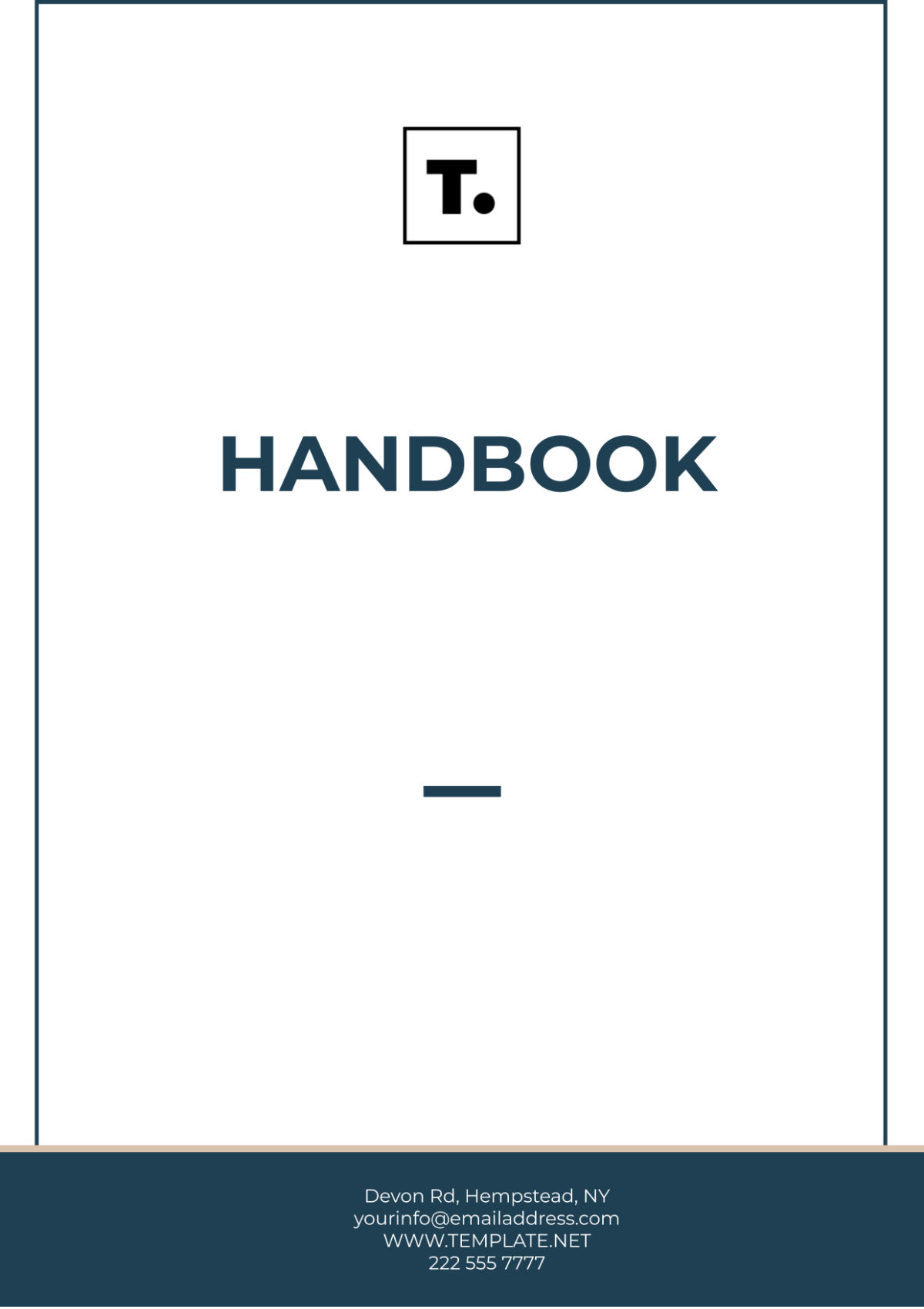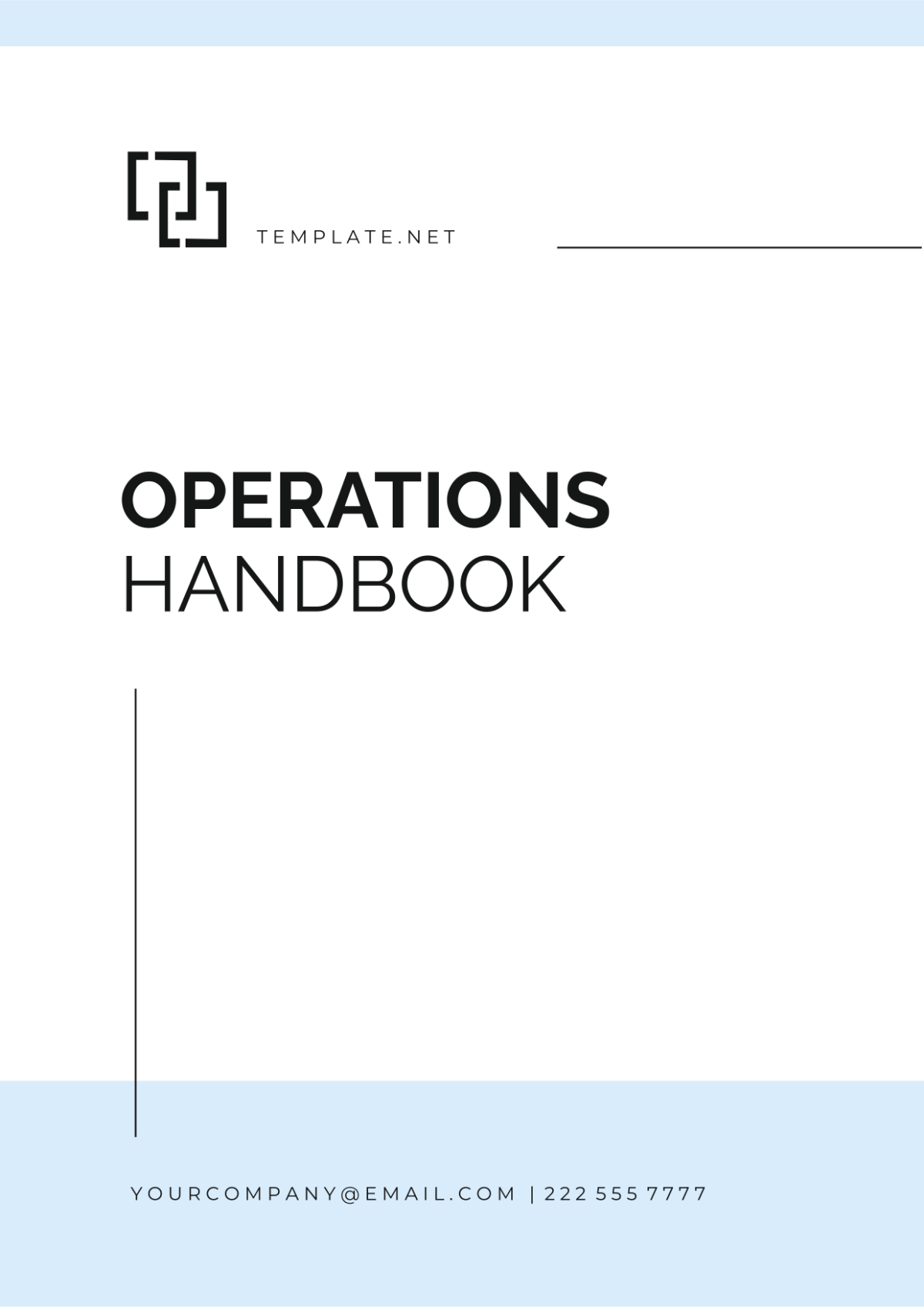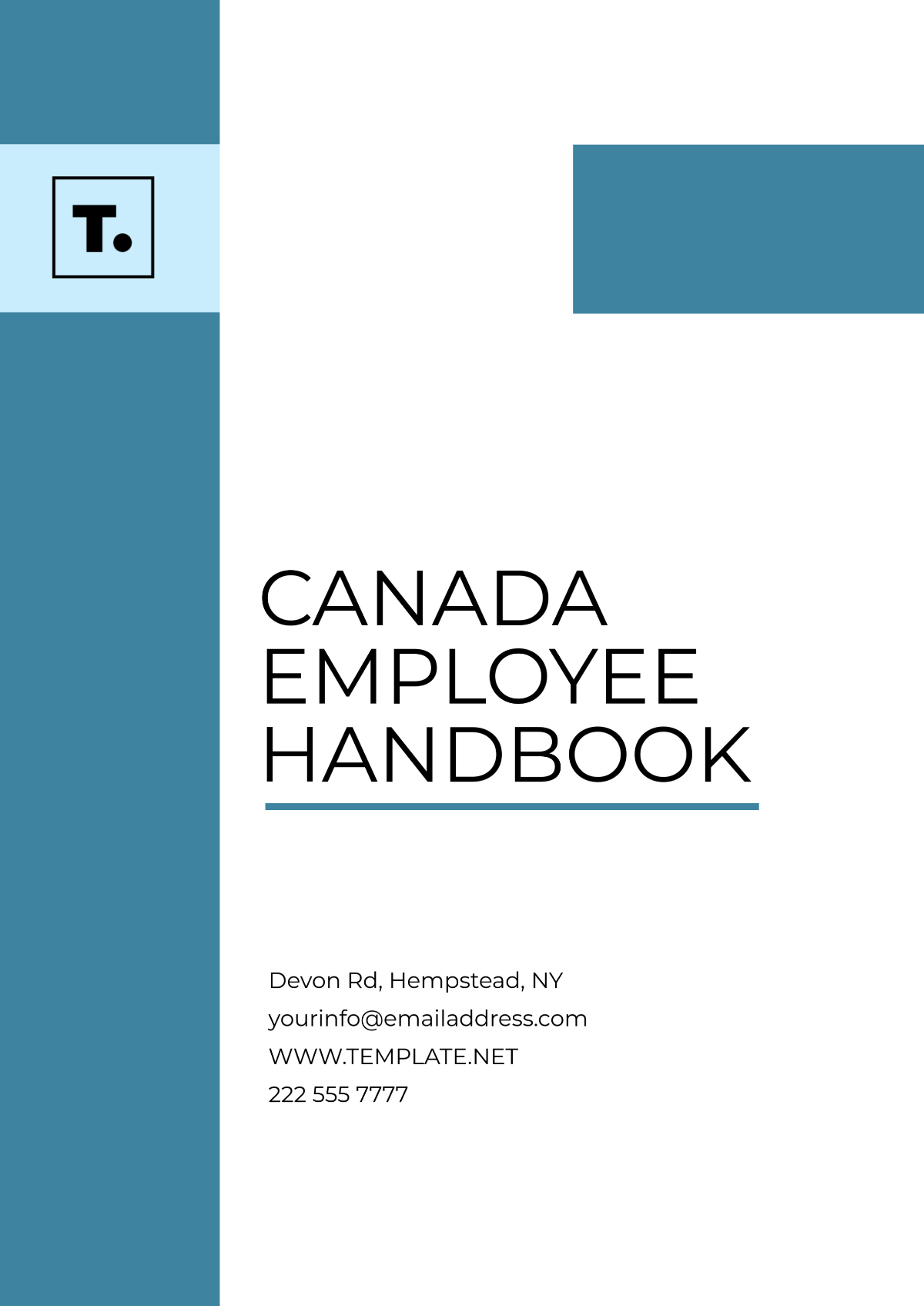Cleaning Services Safety Procedures Handbook
1. Introduction and Purpose
Welcome to [YOUR COMPANY NAME]'s Cleaning Services Safety Procedures Handbook. At [YOUR COMPANY NAME], we prioritize the safety and well-being of our employees and clients above all else. This handbook serves as a comprehensive guide outlining the safety protocols and procedures that must be followed by all staff members engaged in cleaning services activities.
Our commitment to safety extends beyond mere compliance with regulations; it is ingrained in our company culture. By adhering to the guidelines outlined in this handbook, we aim to create a work environment that minimizes risks, prevents accidents, and promotes a culture of safety awareness. We believe that every employee has the right to a safe workplace, and it is our responsibility to provide the necessary training, resources, and support to ensure that safety is prioritized in all aspects of our operations.
2. General Safety Guidelines
The nature of our work exposes us to various potential hazards. Hence, it is important that we observe basic safety principles in our everyday tasks. These are general safety rules applicable to all cleaning tasks. Some of these guidelines include:
Always maintaining clean work spaces to prevent slips and falls.
Using appropriate lifting techniques when handling heavy materials to avoid back strain.
Ensuring that walking surfaces are safe and obstruction-free.
3. Chemical Handling and Hazard Communication
Proper handling, storage, and disposal of cleaning chemicals are paramount to maintaining a safe work environment. Our employees must be aware of the potential risks associated with chemical exposure, including burns, respiratory ailments, and eye injuries. By understanding Material Safety Data Sheets (MSDS) and adhering to recommended safety precautions, we can mitigate these risks effectively.
Key Guidelines
Chemical Storage and Handling: All cleaning chemicals must be stored in designated areas that are properly ventilated and inaccessible to unauthorized personnel. Liquids should be stored on shelves with spill containment measures, while powders should be stored in dry, cool areas away from heat sources.
Personal Protective Equipment (PPE): Employees handling cleaning chemicals must wear appropriate PPE, including gloves, goggles, and aprons, to minimize skin and eye contact. Respiratory protection may be required when working with aerosolized or highly concentrated chemicals.
Labeling and Identification: Every chemical container must be clearly labeled with its contents, hazards, and proper handling instructions. Labels should be legible and durable to ensure information remains intact throughout the chemical's lifespan.
MSDS Review and Training: All employees should be trained on how to read and interpret MSDSs for the chemicals they use. These documents provide vital information on hazards, safe handling procedures, and emergency response measures.
Spill Response and Emergency Procedures: In the event of a chemical spill, employees should follow established procedures for containment, cleanup, and disposal. Immediate action is necessary to prevent the spread of hazardous materials and minimize exposure risks.
Chemical Inventory Management: Regular inventory checks should be conducted to ensure that chemicals are properly maintained, and expired or unused products are disposed of safely. This helps prevent accidental exposure to deteriorating or unstable chemicals.
Training and Communication: Ongoing training sessions and communication channels should be established to keep employees informed about changes in chemical handling procedures, new products, and emerging safety concerns. Open dialogue encourages a proactive approach to safety among all team members.
4. Personal Protective Equipment (PPE)
For our safety, [YOUR COMPANY NAME] provides required personal protective equipment (PPE) for free. Let's make the most out of these tools. Remember that using PPE is a simple and effective way to reduce exposure to hazards. Examples of PPE include gloves, goggles, respirators and aprons.
5. Equipment Operation and Maintenance
Safe operations of our cleaning tools and equipment are at the heart of our safety protocols. Applying the correct procedures in using, maintaining, and inspecting our tools not only protect us from potential hazards, but also help prolong the life of our equipment. This part of the handbook provides guidelines for safe use and regular maintenance of our cleaning appliances.
Safe Operation Procedures: Before operating any cleaning equipment, ensure you have received proper training on its use. Always read and follow the manufacturer's instructions and safety guidelines. When using equipment, wear appropriate personal protective equipment (PPE) such as gloves, goggles, and hearing protection if necessary. Never override safety features or operate equipment in a manner not intended by the manufacturer.
Preventive Maintenance: Regular maintenance is essential to keep equipment functioning properly. Perform routine inspections to check for signs of wear or damage. Clean equipment after each use and lubricate moving parts as recommended by the manufacturer. Replace worn or damaged parts promptly to prevent accidents or malfunctions.
Equipment Inspection Checklist: Before using any cleaning equipment, conduct a thorough inspection using the provided checklist. Check power cords and plugs for fraying or damage, inspect hoses and connections for leaks, and ensure safety guards are in place and functioning correctly. Do not use equipment that appears damaged or defective.
Storage Protocols: Proper storage is critical to prevent damage and prolong the lifespan of equipment. Store equipment in designated areas away from moisture, extreme temperatures, and direct sunlight. Cover or protect equipment from dust and debris when not in use. Securely store chemicals and detergents in sealed containers in a well-ventilated area away from incompatible materials.
Training and Certification: All operators must undergo comprehensive training on equipment operation and safety procedures. Certification programs should be established to ensure that employees are competent in using specific tools and aware of safety protocols. Regular refresher training should be provided to keep skills up to date.
Emergency Shutdown Procedures: In the event of an emergency or equipment malfunction, know how to safely shut down the equipment to prevent further damage or injury. Familiarize yourself with emergency stop buttons and procedures for cutting power to equipment. If necessary, contact maintenance personnel for assistance and do not attempt to repair equipment yourself unless trained to do so.
6. Emergency Procedures
In times of accidents, injuries, or hazardous spills, it is crucial to know how to respond correctly and promptly. All operatives should familiarize themselves with the steps and procedures to follow in the event of emergencies to ensure the well-being of our employees and clients.

Assess the Situation: Quickly assess the nature and severity of the emergency, ensuring personal safety before taking action.
Report the Incident: Immediately notify the supervisor or designated authority about the emergency, providing detailed information about the location and nature of the incident.
Administer First Aid: Provide first aid to injured individuals if trained and safely able to do so, prioritizing life-threatening injuries.
Evacuate the Premises: If necessary, initiate the evacuation procedure following established routes and assembly points, assisting others as needed.
Contain Hazardous Spills: If a hazardous spill occurs, take measures to contain the spill and prevent further exposure, following proper containment and cleanup protocols.
Contact Emergency Services: Dial the appropriate emergency services number (e.g., 911) to request assistance, providing clear and concise information about the situation and location.
By following these emergency procedures, we can minimize risks, protect lives, and maintain a safe work environment for everyone. Regular training and drills will ensure that all operatives are prepared to respond effectively to emergencies.
7. Training and Education
At [YOUR COMPANY NAME], our commitment to safety extends beyond the contents of this handbook. We recognize the value of continuous learning and are dedicated to providing comprehensive training and education programs to ensure that our staff remains updated on the latest safety protocols and guidelines. This section serves as a gateway to accessing these resources.
New Hire Orientations: All new employees will undergo thorough safety orientations upon joining our team. These sessions will cover essential safety procedures, emergency protocols, and the proper use of equipment and personal protective gear.
On-the-Job Training: Employees will receive hands-on training while performing their duties to reinforce safety practices and ensure competency in their roles. Supervisors and experienced team members will provide guidance and support as needed.
Refresher Courses: Regular refresher courses will be conducted to reinforce safety awareness and update staff on any changes to protocols or regulations. These courses may include classroom sessions, online modules, or practical demonstrations.
Specialized Training Programs: Employees involved in specific tasks or working with specialized equipment will receive specialized training tailored to their roles. This ensures that they have the knowledge and skills required to perform their duties safely and efficiently.
Safety Meetings and Toolbox Talks: Regular safety meetings and toolbox talks will be conducted to address specific safety concerns, share best practices, and encourage open communication among team members. These sessions provide opportunities for staff to raise questions or report safety issues.
By investing in training and education, we empower our employees to work safely, reduce the risk of accidents and injuries, and uphold our commitment to creating a culture of safety excellence at [YOUR COMPANY NAME].

















































